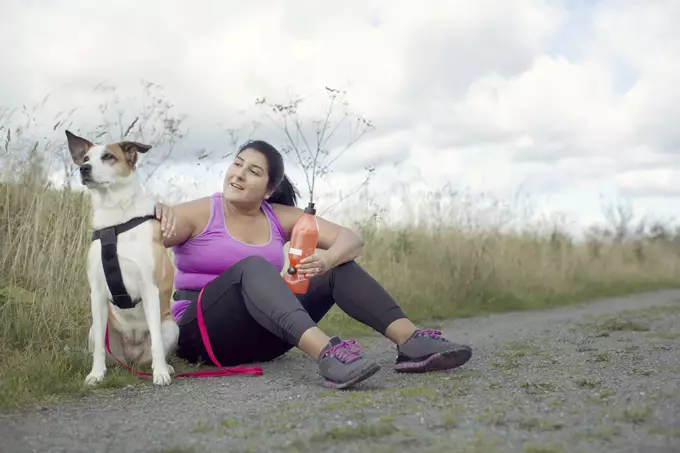As pet owners, one of our primary responsibilities is to ensure the health and well-being of our furry companions. Just like humans, dogs can suffer from serious health issues if they become overweight or experience a lack of physical activity. Understanding the significance of regular exercise for dogs and how to implement effective routines can lead to happier, healthier lives for both pets and their owners.
Obesity is a growing concern among pets in households today. According to veterinary experts, the rates of overweight and obese dogs are alarmingly high, posing significant health risks. Conditions associated with obesity include diabetes, arthritis, and heart disease, which can dramatically affect a dog’s quality of life. As such, incorporating regular exercise into their daily routine is crucial.
Dr. Susan Nelson, a Kansas State veterinarian, emphasizes that different dogs have varying exercise needs based on their age, breed, and overall health. While some breeds may thrive on rigorous exercise, others may require gentler activities. Understanding the specific requirements of your dog will help in developing effective fitness plans.
Exercising with your dog can significantly enhance the bond between you. Engaging in activities together fosters a sense of companionship and mutual enjoyment, reinforcing the unique relationship that exists between humans and their pets. Dogs are inherently social animals and thrive on the company of their owners. Whether it’s a brisk walk in the park or an intense game of fetch, shared activities can lead to a deeper understanding of each other’s behaviors and needs.
Moreover, exercising together can harbor benefits for pet owners too. Regular dog walks or play sessions can improve the owner’s physical health while also providing a sense of purpose and routine. The unconditional love dogs provide during these activities often leads to a fulfilling emotional connection that cannot be understated.
Different breeds possess distinct energy levels and exercise requirements. Larger dogs and working breeds generally need more vigorous activity, often necessitating a couple of significant exercise sessions each day. In contrast, smaller toy breeds may require less intense workouts distributed over shorter time frames.
Dr. Nelson notes that owners should refrain from merely letting their dogs roam freely in the backyard. Continuous aerobic exercise is vital for maintaining an optimal fitness level. It’s far too easy for dogs to choose relaxation over play when left to their own devices.
For those looking to engage in specific activities, here are some popular options:
1. **Running and Biking**: Medium to large dogs often make excellent running companions, while biking can also be an option as long as proper safety measures are taken.
2. **Agility Training**: Medium breeds, particularly herding dogs like Australian Shepherds, excel in agility competitions. This activity not only engages their physical abilities but also provides crucial mental stimulation.
3. **Swimming**: For dogs that love the water, swimming is a fantastic low-impact exercise, perfect for warm weather and safe for dogs with joint issues. Retrievers particularly revel in this activity.
4. **Mental Stimulation**: Dogs need brain exercise just as much as physical exertion. Activities such as hidden object searches or puzzle toys can keep intelligent breeds, like Border Collies, engaged and happy.
As beneficial as exercise is, it’s crucial to prioritize safety during activities. Begin new exercise routines gradually, allowing for proper acclimation to more intense movements. Always consult with a veterinarian before starting any rigorous workout program to ensure that your dog is healthy enough to participate and to avoid risking injury.
Temperature is a vital aspect to consider when exercising. Hot weather can lead to overheating, particularly in dogs with short nasal structures like Bulldogs. It’s essential to limit exercise during peak heat hours and provide frequent water breaks. Conversely, cold conditions can also pose risks, including frostbite or paw irritation. Keep an eye on your dog and consider protective gear when necessary.
Finally, maintain a consistent routine by monitoring your dog’s diet and exercise patterns. Avoid feeding them immediately before or after strenuous activities to mitigate the risk of bloating.
Keeping your dog fit is an obligation that extends beyond merely enjoying their company. With thoughtful exercise routines that suit their unique needs, owners can nurture their pets’ physical and mental health while solidifying their bond. By committing to a well-rounded exercise regimen, you not only enhance your dog’s well-being but also enrich your own life in immeasurable ways. Ensure safety, seek guidance, and get moving—your dog will thank you!

